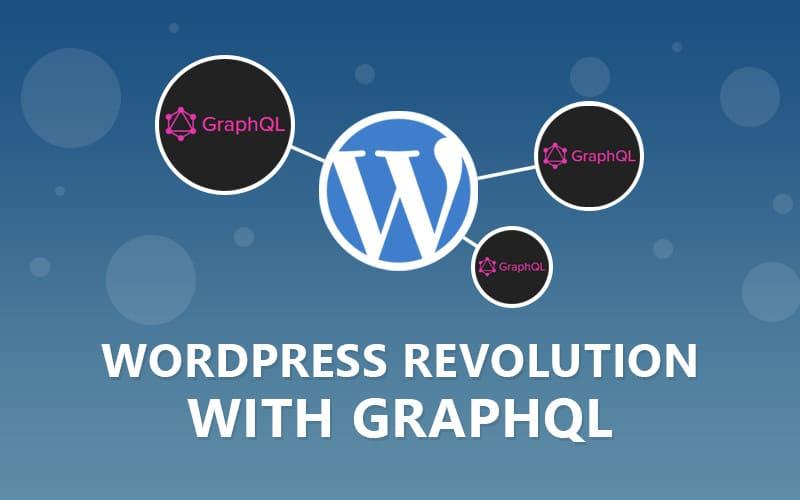Using GraphQL in WordPress: A Comprehensive Guide

The History of GraphQL
GraphQL, much like React, was originally developed by Facebook. The initial development started in 2012, but it wasn't until 2015 that GraphQL was publicly released. When Facebook decided to make GraphQL open source, the project was eventually transferred to the GraphQL Foundation, which is hosted by the Linux Foundation, in 2018.
GraphQL was created out of Facebook's need to improve the scalability of their mobile app. Initially, Facebook's mobile strategy was to adapt their website for mobile use by leveraging HTML5. However, this approach led to challenges such as high network usage and a suboptimal user experience. To address these issues, Facebook's development team decided to rebuild their iOS app using native technologies.
Setting Up GraphQL in WordPress
- Introduction to the WPGraphQL plugin.
- Step-by-step guide to installing and configuring WPGraphQL:
- Installation: How to install WPGraphQL via the WordPress dashboard or using Composer.
- Configuration: Basic configuration settings and how to access the GraphQL IDE (GraphiQL).
Creating Queries and Mutations
- Explanation of GraphQL queries and mutations.
- Examples of basic queries:
- Fetching posts, pages, and custom post types.
- Querying custom fields and taxonomies.
- Examples of mutations:
- Creating, updating, and deleting posts and custom post types.
- Managing users and custom data.
Advanced GraphQL Usage in WordPress
- Using GraphQL with custom post types and custom fields:
- Registering custom post types and exposing them to GraphQL.
- Utilizing Advanced Custom Fields (ACF) with WPGraphQL.
- Pagination and filtering:
- Implementing pagination in GraphQL queries.
- Filtering results based on specific criteria.
Integrating GraphQL with Frontend Frameworks
- How to use GraphQL with popular frontend frameworks like React, Vue.js, and Angular.
- Example projects:
- Creating a headless WordPress site with React and Apollo Client.
- Building a static site with Gatsby and sourcing data from WPGraphQL.
Authentication and Security
- Securing your GraphQL API:
- Using JWT (JSON Web Tokens) for authentication.
- Implementing permissions and access control for different user roles.
- Best practices for securing GraphQL endpoints and data.
Performance Optimization
- Tips for optimizing GraphQL queries for performance.
- Caching strategies for GraphQL responses.
- Monitoring and debugging GraphQL queries.
Real-World Use Cases and Case Studies
- Examples of real-world applications and websites using GraphQL with WordPress.
- Case studies showcasing the benefits and challenges of using GraphQL in production environments.
Спонсоры
Поиск
Спонсоры
Спонсоры
Категории
- Web Development
- Art
- Causes
- Crafts
- Dance
- Drinks
- Film
- Fitness
- Food
- Игры
- Gardening
- Health
- Главная
- Literature
- Music
- Networking
- Другое
- Party
- Religion
- Shopping
- Sports
- Theater
- Wellness
Больше
Mobile Optimization for SEO: Best Practices
Mobile optimization is an indispensable aspect of SEO (Search Engine Optimization). It plays a...
Unveiling the Power of Analytics and Data Analysis for WordPress
In today's digital age, data drives decision-making. For WordPress website owners and...
Web Application Development Services
In today's fast-paced digital world, a robust online presence is vital for businesses to thrive....
WordPress Theme Customization Tips for Beginners
WordPress offers a wide range of themes that can give your website a unique and personalized...
WordPress best backup plugins
The Best WordPress Backup Plugin: Safeguarding Your Website
In the fast-paced world of the...
© 2025 Abhira Social Media
 Russian
Russian




